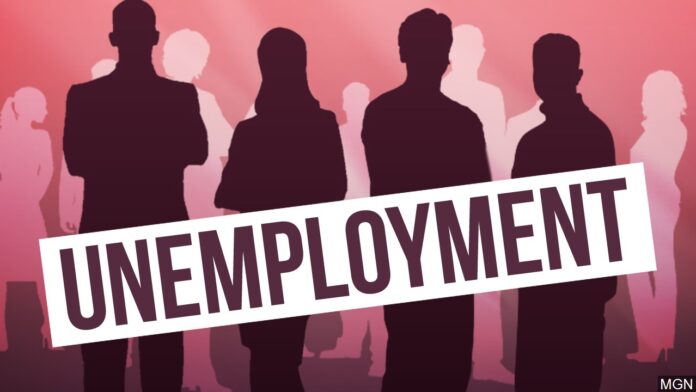As businesses across the state continue to open in phases, the number of unemployment claims filed in the Rio Grande Valley steadily declined from April to the end of May but was still more than three times as much as the same time last year.
For the week ending on May 30, the four Valley counties reported a total of 5,481, according to data from the Local Area Unemployment Statistics (LAUS) program.
At the same time last year, the counties reported a total of 1,389 claims.
Individually, each county saw similar trends in their data which reflected a peak in unemployment claims at the beginning of April which was at the height of the lockdown of businesses in response to the COVID-19 pandemic.
In Hidalgo County, 3,466 individuals filed unemployment claims during the week ending May 30 which was down from the 7,770 individuals who filed claims during the week ending on April 4. The change is a 55% drop.
Between those weeks, there was an even bigger drop in Cameron County in which 1,562 claims were filed during the week of May 30, a 57% decrease from the week of April 4 when 3,657 claims were filed.
Starr County only saw a slight change with the data showing that 381 individuals filed unemployment claims the week of May 30 while 433 individuals filed claims during the week ending on April 4 which was a 12% drop.
In Willacy County, 72 individuals filed claims the last week of May which was a 33% drop from the week of April 4 when 109 individuals filed unemployment claims.
The drop in filed claims coincides with the implementation of Gov. Greg Abbott’s plan to reopen the economy after many businesses, deemed nonessential, were closed as a way to minimize or stop the spread of the coronavirus disease.
The first phase of the plan took effect on May 1 and allowed all retail stores, restaurants, movie theaters, and malls to reopen at 25% capacity.
Throughout the month, more businesses — such as child care centers, massage and personal care centers, youth clubs, rodeos, bowling alleys, bingo halls, bars, and zoos — were allowed to reopen under Phase 2 of the statewide plan.
Restaurants were also allowed to increase the number of people allowed in their dining areas to 50% capacity.
Though businesses and residents are incrementally allowed to resume pre-COVID-19 activities, the number of cases continues to grow across the Valley with the confirmation of 232 new cases from Monday through Wednesday.
Officials with the Department of State Health Services continually reminded the public that there is still no vaccine or treatment for it and advised the public to continue practice social distancing, continuing wearing masks, and avoid large crowds.
During a news conference on Thursday held with the four county judges, Starr County Judge Eloy Vera said that while he believed the economy did have to open up, he felt it was too quick.
“As soon as that happened, I think our citizens got the impression that everything was fine,” Vera said. “They got this false sense of security.”
He added that they needed the citizens to follow the stay-at-home orders that they had in place before Abbott’s executive order prevented local government agencies from enforcing them.
“When the governor said you could go to the restaurants … it doesn’t mean that you have to go,” Vera said.




